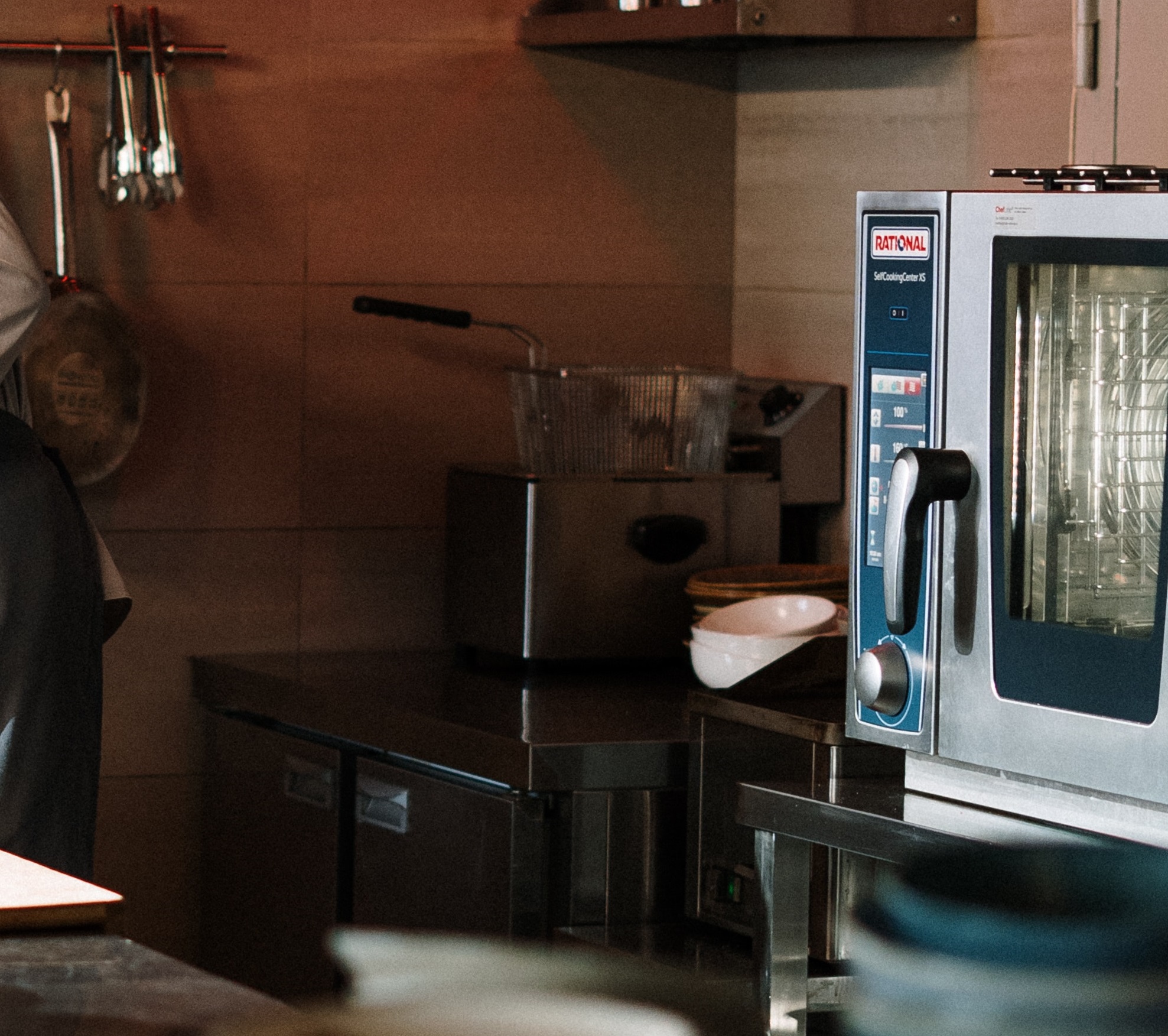
There are many factors to contemplate when choosing which commercial cooking equipment to purchase. While size, features and cost are all essential factors, product efficiency is something every prospective buyer needs to investigate.
Efficiency is measured in a variety of ways, yet many consumers fail to realise this. A common misconception is that the amount of kilowatts equipment uses is the only indicator of efficiency. In truth, ignoring other factors that contribute towards equipment efficiency can lead to an unsatisfactory investment.
Electricity prices have been rising rapidly and businesses are doing all they can to minimise waste. In this article we explore what makes for effective yet efficient catering equipment.
Ways to Assess Catering Equipment Efficiency
Quality of Product
When browsing for new restaurant kitchen equipment with efficiency in mind, you may look to the kilowatt figures to calculate the ongoing energy costs of each product. While this is a wise idea, it will all mean nothing if you select a poor-quality product.
Some equipment, often those considered budget options, are more likely than others to experience break down or suffer performance issues. In many cases, this can lead to a need to repair or replace equipment sooner often resulting in more expense than if outlaying for a better quality unit to begin with. Even if a piece of catering equipment is more energy-efficient than another, it may still cost more in the long run should any malfunctions occur or indeed the whole unit needs replacing.
Reading various reviews on a product is a prime method to assessing whereabouts in the market your proposed unit fits and other peoples experience of the item. Alternatively, ask a reputable supplier for impartial advice. Choosing equipment from a well known brand is advised and remember that spending a little more on build quality initially could save money in the long run. To read more about types of catering equipment and areas you should consider when investing see our Ultimate Catering Equipment Buying Guide.
Energy-Efficient Features and Designs
Regardless of the number of kilowatts a piece of commercial cooking equipment uses, many other factors also dictate its energy efficiency. You shouldn't disregard a product for having an average kW value. It may contain alternative features designed to reduce running costs.
Other methods of conserving electricity use exist alongside limiting the kilowatts a product uses. Look at areas such as insulation, tank capacity, heat up and recovery times or eco programmes.
Flexibility
Some of the most kilowatt-efficient catering equipment on the market may not have the functionality to keep up with your business demands. In a constantly developing industry, commercial catering equipment must be flexible. It is pointless buying a product you will need to replace within one year.
Search for equipment that can adapt to fluctuations in the needs of your business whether that is an increase in production or a menu expansion. Investing in cooking equipment that can perform multiple operations is also a great way to future proof your kitchen. Commercial combination ovens and combi steamers are a prime example, combining a wide range of cooking techniques within the footprint of a single unit.
Ease of Cleaning
Maintenance and cleaning are often overlooked by business owners when buying catering equipment especially in regard to its impact on efficiency. An unclean product will not remain efficient for long and the quality of the dishes produced will be compromised.
Being able to easily clean the important parts of any equipment whether that's the fry tank, oven cavity or even refrigeration components is critical for optimising performance and efficiency. Keeping on top of routine cleaning and maintenance not only ensures hygiene, optimal performance and maximum lifespan of commercial cooking equipment but can also reduce the likelihood of having to pay a professional to service your catering supplies more regularly than advised, adding extra expenses to your bills.
Some restaurant catering equipment is optimised for simpler cleaning. Induction hobs with flat surfaces are much easier to maintain than other varieties, for example. Having effective self cleaning cycles, tanks pressed from a single sheet of stainless steel or features such as rounded internal corners to prevent areas where dirt, food debris and bacteria can build up, are vital areas to consider.
Output vs Production Time
Catering appliances claiming to use less energy are not always more cost-efficient. The time taken for the product to produce results always weighs into the equation. The kilowatt usage grows less and less relevant as the time taken to achieve results increases.
Is a piece of kW efficient commercial catering equipment that takes longer to produce the same results as a slightly less kilowatt-efficient alternative really more cost effective?
Idle Features
Simple design features like an auto-shutdown when the unit has been idle for a period of time or eco mode can help save energy without even touching the equipment or any manual involvement from staff. For products that may require use at short notice, look for catering supplies with an auto switch to standby mode combined with quick recovery time.
Top Tips for Catering Kitchens Looking for Added Efficiency
Have a Good Kitchen Layout
An optimal layout is crucial to running an efficient kitchen. Equipment placement is just as important as the product itself. The right environment will facilitate better results from your catering equipment just as the wrong environment will hinder it.
For one, cooking and refrigeration appliances must be kept in separate kitchen segments. The respective hot and cold produced by each are counter-intuitive, forcing all equipment to work harder to achieve the same results. Organising your kitchen into a cooking area, a storage and refrigeration area, a food prep area and a warewashing zone is far better than installing equipment in at random and also helps with the operational flow of the kitchen as a whole. Read more about Commercial Kitchen Layout - Is The Golden Triangle Still Relevant?
Follow Manufacturers’ Advice and User Manuals
Who knows how to optimise efficiency more than the team that researched, designed and manufactured it? Never trust your intuition over the advice given in the instruction manual of your professional catering equipment. Read through all information thoroughly to ensure you understand it all.
If you find an instruction is unclear on some parts, contact your supplier directly. Explain your situation and ask for their advice to guarantee that your commercial cooking equipment is always working to optimum levels and as efficiently as possible.






